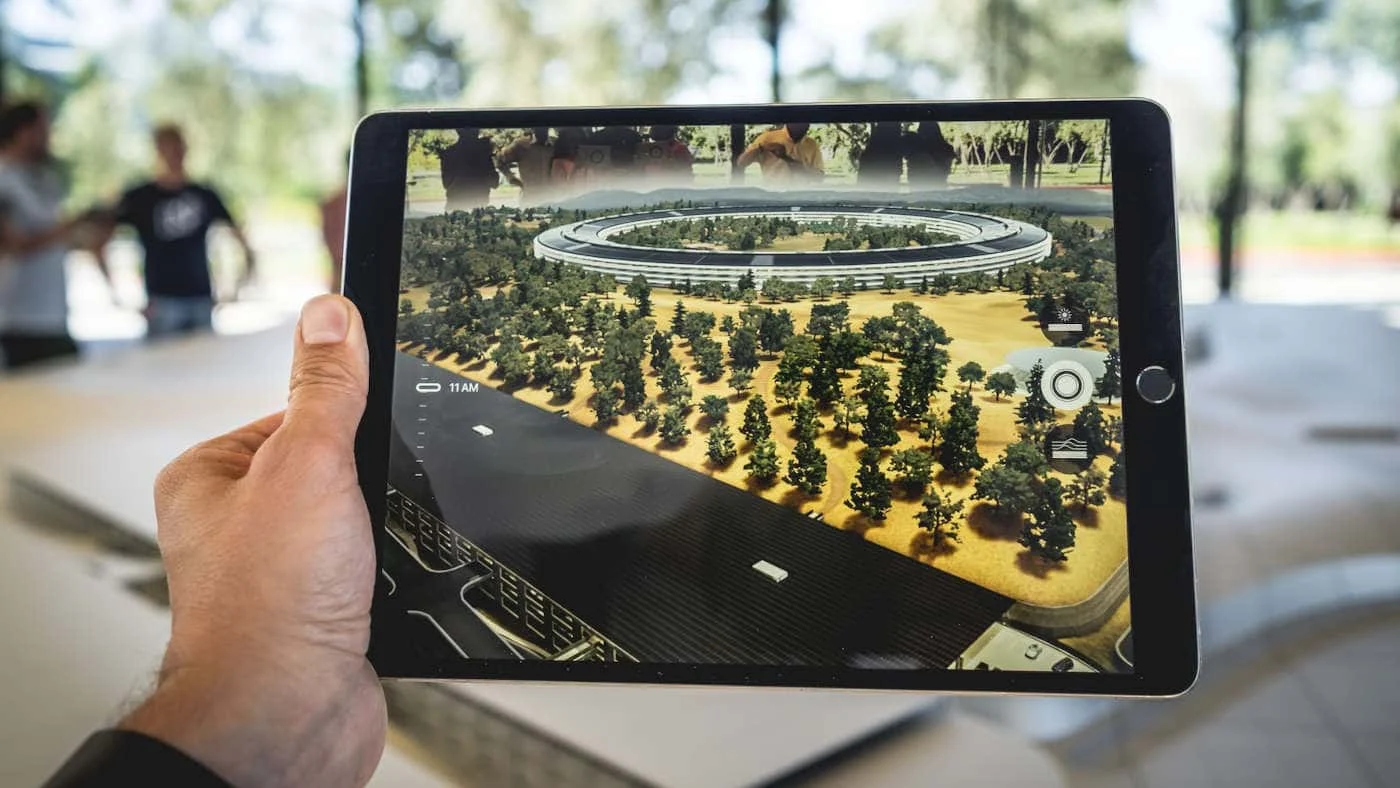Next Generation Mobile Gaming Trends 2023
Discover the latest trends in mobile gaming for 2023. Stay ahead of the game with insights on next-gen technology and player behavior. Read now!- Article authored by Kunal Chowdhury on .
Discover the latest trends in mobile gaming for 2023. Stay ahead of the game with insights on next-gen technology and player behavior. Read now!- Article authored by Kunal Chowdhury on .
Before the arrival of the App Store (iOS) in 2008, gameplay experiences on mobile were significantly limited, barring noteworthy outlier attempts to market mobile–handheld crossover devices like Nokia’s ill-fated N-Gage platform. Early iPhone games like Doodle Jump and Fruit Ninja ushered in a new epoch of gaming on smartphones, and this rate of development hasn’t slowed since.
Now iGaming aficionados can avail themselves of offers and welcome bonuses for leading mobile-ready online casinos and hop into live dealer rooms, on-demand and on the go. Likewise, the technology that underpinned Pokémon Go, Augmented Reality, was scarcely conceivable only eight years prior to its viral success in 2016.

So much evolution in such a short time begs the question of where mobile gaming will be in a decade from now. While new technologies and disruptive frameworks can emerge at any time and give the lie to even the most cautious of predictions, there remain some key trends we’re witnessing emerging now that stand the best chance of guiding the direction of mobile gaming in the coming years—let’s dive in a take a look at what’s on the horizon.
Axie Infinity, Splinterlands, and The Sandbox represent a new trend in mobile gaming due to their deep integration with blockchain technology. This enables them to monetize in-game resources, events, items, and tokens which can then be traded between players or even converted into real money.
Known as the Play-to-Earn game, these titles are at the vanguard of a modality that will become increasingly commonplace in mobile gaming in the coming years. Ultimately, integrating digital assets such as cryptocurrency into gaming serves as another gameplay incentive for players.
The prospect of earning tangible funds, however minor, from accomplishing in-game goals such as defeating other players, or completing quests will serve as a keen motivator factor for some players, and new variations on the freemium model, so prevalent on mobile platforms, are already emerging to incorporate this innovation.
The esports boom of the 2020s is showing no sign of slowing—what’s more, behind only the PC, mobile platforms are its fastest-growing segment, rapidly outcompeting home consoles.
Popular titles like Mobile Legends: Bang Bang, Free Fire, and PUBG Mobile have been lauded as proof that there is a large audience for competitive gaming on the platform, despite the various limitations of touch-screen inputs.
Industry analysts and early adopters are already stunned by the advancements in complex reasoning being demonstrated by the present suite of narrow AIs such as ChatGPT and Midjourney.

In the latest iteration of Open AI’s language model, GPT-4, users have not only successfully coded new games from the ground up in collaboration with it, but have asked the model to create wholly new games and puzzles itself by following guidelines prompts.
The capacity of collaborative storytelling, and evolving gameplay, latent in these models will likely play an increasingly significant role in future mobile games.
Before long, AIs will be able to generate wholly new levels of your favorite games, perfectly tailored to your preferences and desired difficulty level. They will be able to actively coach you through them by analyzing your performance and providing suggestions for improvement.
VR and AR are often conflated with one another, and while they share plenty of underlying technology in common, their goals are ultimately very distinct. While VR wants to replace what the user sees and experiences with a fully rendered environment, AR aims to overlay information and elements onto our current view.
In its basic form, this resembles the work of Niantic Labs, developers of popular mobile games Ingress and Pokémon Go, but the potential for AR goes far beyond those examples.
Next-gen AR games could use cues from your environment to trigger in-game events, or identify other players to compete against with a digital overlay.
The arrival of true AR headsets, such as Microsoft’s HoloLens, and Apple’s upcoming mixed-reality headset will serve as a fount of creativity that will likely give rise to many surprising, and wholly novel gameplay experiences for mobile platforms.
Thank you for visiting our website!
We value your engagement and would love to hear your thoughts. Don't forget to leave a comment below to share your feedback, opinions, or questions.
We believe in fostering an interactive and inclusive community, and your comments play a crucial role in creating that environment.